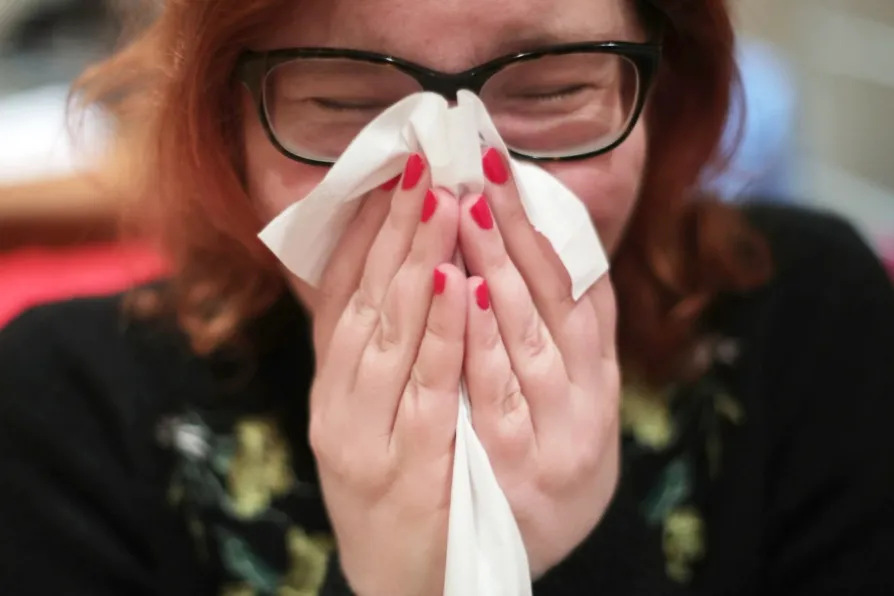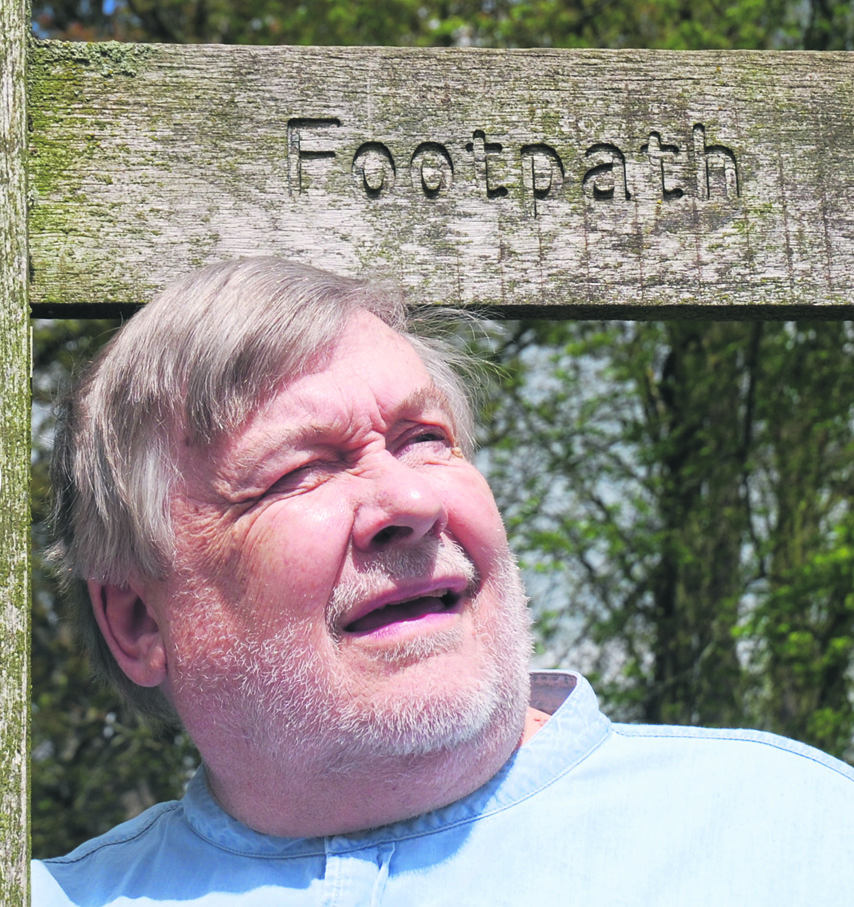Durham Miners’ Association general secretary ALAN MARDGHUM speaks to Ben Chacko ahead of Gala Day 2025


WHILE at the doctors this week I came face to face with the nation wide cold-or-is-it-flu medical crisis. Our wonderful NHS has more than its fair share of challenges at the moment.
First the relentless chop, chop, chop of Tory Theresa and her Cabinet’s not so comic cuts, then the usual winter crop of icy slips, falls, infections and motley seasonal maladies and lastly the huge amount of common cold-or-flu snuffles that are dominating news broadcasts and headlines.
Talk in the waiting room was about the number of chest X-rays being ordered and antibiotics being prescribed or refused. The waiting room experts were keen to explain real flu was viral and therefore untouched by antibiotics.
The talk was also about the disgusting news that Tory Theresa and her cabinet had made a mean attempt to save a few quid by gambling on the likelihood and nature of any future flu epidemic that many medical experts fear might be just around the corner.
Two types of flu vaccine were available to our doctors this winter.
Quadrivalent vaccines, which cost the NHS £8, offer protection against most kinds of the flu, including the most dangerous strain nicknamed Aussie Flu.
There is also a Trivalent vaccine, which costs the NHS around £3 less but protects against fewer strains of the flu.
Both the Health Service Journal and the Telegraph newspaper have reported that the various government offices are ordering local health bodies to “select the product with the lowest purchase price to the NHS and not purchase the quadrivalent vaccine for adults.”
As so often, perhaps we should learn from history.
Exactly a century ago in 1918, influenza was capturing just as many headlines as it is today, but a hundred years ago there were a number of important differences.
WWI had left millions dead and many more millions who escaped death on the battlefield but were exhausted, malnourished and mentally drained. The civilian populations were only a little better off.
Quadrivalent vaccines, cost the NHS £8, the preferred less effective Trivalent £5 but those three quids they have saved have been massively outspent in dealing with the extra cases of flu
Just as peace arrived after four terrible and bloody years another threat emerged that would turn out to be even more lethal than the gas and guns that had brutally cut down so many young men.
The new threat was influenza. This microscopic enemy would claim the lives of up to 40 million people around the world between 1918 and 1919. This was at least three times the number killed in the war.
In the spring of 1918, a disease first emerged in small outbreaks all across the globe. Whatever it was, it seemed at first as benign as the common cold.
Soldiers in the trenches in France became ill with highly infectious sore throats, headaches and a loss of appetite. The crowded unhygienic conditions of the trenches made rapid spread inevitable. However, recovery was so quick doctors named it “the three-day fever.”
In Britain, Glasgow was the first city to be affected in May 1918.
The illness had reached London by June. During those first few months nearly a quarter of a million British people had died.
There was barely a family untouched by the epidemic. My wife Ann’s dad Fred himself lost two very young brothers to the flu in London.
In one in five of those infected the influenza developed into pneumonia or septicaemia. One curious symptom known as heliotrope cyanosis caused the patient’s skin to take on a bluish lavender tint.
This indicated a shortage of oxygen that would lead to imminent death. Those perfectly healthy at breakfast could be dead by tea-time.
Strangely, unlike ordinary seasonal flu, which hit worst at the elderly, weak and sick, the new illness predominately struck those aged 20 to 30. Young adults with the strongest immune systems proved, unexpectedly, the most vulnerable.
As huge numbers of infected troops arrived back in London and other British cities, hospitals, ill-equipped to cope with the epidemic, were overwhelmed.
Doctors and nurses were exhausted and at breaking point — where have we heard that recently?
There was little they could do with no effective treatments against the flu and no antibiotics to treat bacterial complications such as pneumonia.
Immunisation had been developed as early as 1796 by British physician Edward Jenner, first for smallpox, but the first successful anti-influenza immunisation would not be available until 1938.
One precaution was that theatres, dance halls, churches and other meeting places were closed to the public. Streets were sprayed with chemicals and many people wore anti-germ masks.
Ironically, in November 1918, people gathered to celebrate victory in WWI and these celebrations gave the virus another chance to sweep through the population again. The victory parties and parades became hotbeds of infection.
The pandemic circled the globe. The only major nation to avoid it was Australia which imposed strict quarantine rules. Worst-hit was India where 12 million people died. By the end of the pandemic, a fifth of the world’s population had fallen sick.
Among European countries Spain was hardest hit, with eight million dead including the Spanish king. The British Medical Journal actually started to call the infection Spanish flu although more probably it originated in China.
As well as one ruling monarch, flu took the life of 28-year-old Austrian expressionist artist Egon Schiele, French poet Guillaume Apollinaire, US composer Felix Arendt and many others.
In early 1919 a third, smaller wave of the pandemic struck but died away swiftly and then as suddenly as it had started it was all over.
The terrible killer disease became a fading memory but one we should still be willing to learn from.
Sadly I don’t think Teresa May or her Health Secretary Jeremy Hunt expletive has ever bothered to learn anything from history.
Those three quids they have saved have been massively outspent in dealing with the extra cases of flu and that doesn’t include everything between discomfort and death in patients, worry for their nearest and dearest as well as the incalculable cost of stress and lowered morale among the heroes who actually work in our NHS.


















